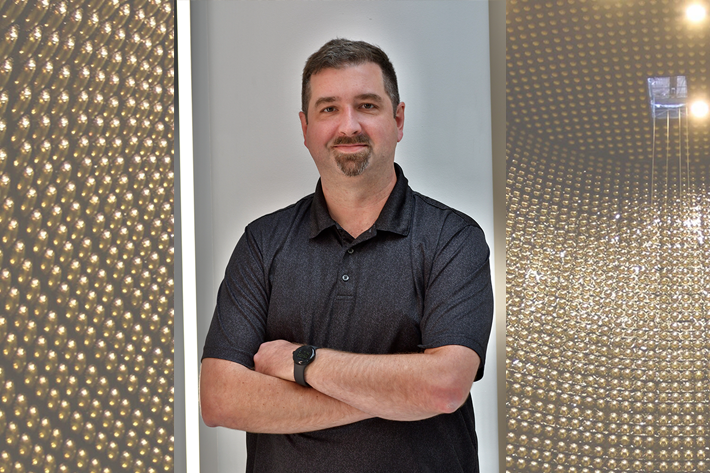Events
Events Calendar
Misel Colloquium: Francis Halzen, University of Wisconsin - Madison
Thursday, Sept. 14, 2023, 3:35 p.m. through Thursday, Sept. 14, 2023, 4:35 p.m.
B50 Tate Hall/zoom
Abstract: Below the geographic South Pole, the IceCube project has transformed one cubic kilometer of natural Antarctic ice into a neutrino detector. IceCube detects more than 100,000 neutrinos per year in the GeV to 10 PeV energy range. From those, we have isolated a flux of high-energy neutrinos originating beyond our Galaxy, with an energy flux that is comparable to that of the extragalactic high-energy photon flux observed by the NASA Fermi satellite. With a decade of data, we have identified their first sources, which point to the obscured dense cores associated with the supermassive black holes of some active galaxies as the origin of high-energy neutrinos (and cosmic rays!).
2023 Misel Family Lecture: Francis Halzen
Wednesday, Sept. 13, 2023, 7 p.m. through Wednesday, Sept. 13, 2023, 8 p.m.
McNamara Alumni Center, Memorial Hall
Research:
The William I. Fine Theoretical Physics Institute (FTPI) at the University of Minnesota is pleased to announce Professor Francis Halzen as the 16th Annual Misel Lecturer. Dr. Halzen is a Vilas and Gregory Breit Distinguished Professor of Physics at the University of Wisconsin-Madison. This lecture is FREE AND OPEN TO THE PUBLIC. Questions? Please contact us at ftpi@umn.edu or 612-625-6055. We look forward to seeing you there!
Abstract: The IceCube project at the South Pole melted 86 holes 2.5 kilometer deep in the Antarctic icecap to construct an enormous astronomical observatory. The experiment discovered a flux of neutrinos from deep space with energies more than a million times those of neutrinos produced at accelerator laboratories. These cosmic neutrinos are created in some of the most violent processes in the universe since the Big Bang and originate in the cosmic particle accelerators that are still enigmatic sources of cosmic rays. This lecture will discuss the IceCube neutrino telescope and the discovery of high-energy neutrinos of cosmic origin. It will highlight the recent discovery that high-energy neutrinos—and cosmic rays—originate in sources powered by rotating supermassive black holes.
See more information on our 2023 Misel Lecture webpage.
Read more about Professor Halzen on his University of Wisconsin webpage.
Please register through the UMN Events Calendar (registration is encouraged but not required).
Colloquium: Fiona Burnell
Thursday, Sept. 7, 2023, 3:35 p.m. through Thursday, Sept. 7, 2023, 4:35 p.m.
B65 Tate Hall/remote option
Symmetry is powerful principle in physics, allowing us to make exact statements even in regimes where controlled calculations are challenging or impossible. Thus understanding the ways in which different types of symmetries can constrain phases of matter is an important component of understanding what nature is capable of. In this talk, I will describe how exploring new types of symmetries, including symmetries with unusual spatial structure, or symmetries that act on particles in exotic ways, has expanded our understanding of these possibilities, including identifying new classes of phases of matter, and new platforms with which to realize these.
This colloquium will have a remote option via zoom:
https://umn.zoom.us/j/94831171860
Labor Day: University Closed
Monday, Sept. 4, 2023, 8 a.m. through Monday, Sept. 4, 2023, 8 p.m.
University of Minnesota
Federal Holiday
Universe in the Park: Wild River State Park
Saturday, Aug. 26, 2023, 8:45 p.m. through Saturday, Aug. 26, 2023, 11 p.m.
Wild River State Park
Universe in the Park is hosted by the Minnesota Institute for Astrophysics and area state and local parks.
Representatives of the Institute will present a short (~20 min) outdoor public talk and slide show. Presentations cover a variety of astronomical topics such as: the history of matter, how astronomers "see," and a journey through our solar system. For the 2022 season, talks will be outdoors to ensure they are as safe as possible.
Afterwards, if weather allows, attendees have the opportunity to view the sky through multiple 8-inch reflecting telescopes, operated by the staff and provided by the Minnesota Institute for Astrophysics. Additionally, free star maps (e.g., www.skymaps.com) and instructions are provided. Throughout the evening, audience members are encouraged to ask questions and discuss topics ranging from backyard astronomy to the latest scientific discoveries.
Although a vehicle permit is usually required to enter the parks, the events are free to the public. More about Wild River State Park here
Universe in the Park: Eastman Nature Center
Friday, Aug. 25, 2023, 8:45 p.m. through Friday, Aug. 25, 2023, 11 p.m.
Eastman Nature Center
Universe in the Park is hosted by the Minnesota Institute for Astrophysics and area state and local parks.
Representatives of the Institute will present a short (~20 min) outdoor public talk and slide show. Presentations cover a variety of astronomical topics such as: the history of matter, how astronomers "see," and a journey through our solar system. For the 2022 season, talks will be outdoors to ensure they are as safe as possible.
Afterwards, if weather allows, attendees have the opportunity to view the sky through multiple 8-inch reflecting telescopes, operated by the staff and provided by the Minnesota Institute for Astrophysics. Additionally, free star maps (e.g., www.skymaps.com) and instructions are provided. Throughout the evening, audience members are encouraged to ask questions and discuss topics ranging from backyard astronomy to the latest scientific discoveries.
Although a vehicle permit is usually required to enter the parks, the events are free to the public. More about Eastman Nature Center here
Meeting of the Solar Physics Division (SPD) of the AAS.
Friday, Aug. 18, 2023, 8 a.m. through Friday, Aug. 18, 2023, 8 p.m.
Tate Hall
Registration is required for workshop and registration is open.
Go to meeting website for details about the days events
Meeting of the Solar Physics Division (SPD) of the AAS.
Wednesday, Aug. 16, 2023, 8 a.m. through Wednesday, Aug. 16, 2023, 8 p.m.
Tate Hall
Registration is required for workshop and registration is open.
Go to meeting website for details about the days events
Meeting of the Solar Physics Division (SPD) of the AAS.
Monday, Aug. 14, 2023, 8 a.m. through Monday, Aug. 14, 2023, 8 p.m.
Tate Hall
Registration is required for workshop and registration is open.
Go to meeting website for details about the days events
Meeting of the Solar Physics Division (SPD) of the AAS.
Sunday, Aug. 13, 2023, 10 a.m. through Sunday, Aug. 13, 2023, 7 p.m.
Tate Hall
Registration is required for workshop and registration is open.
Go to meeting website for details about the days events
School News
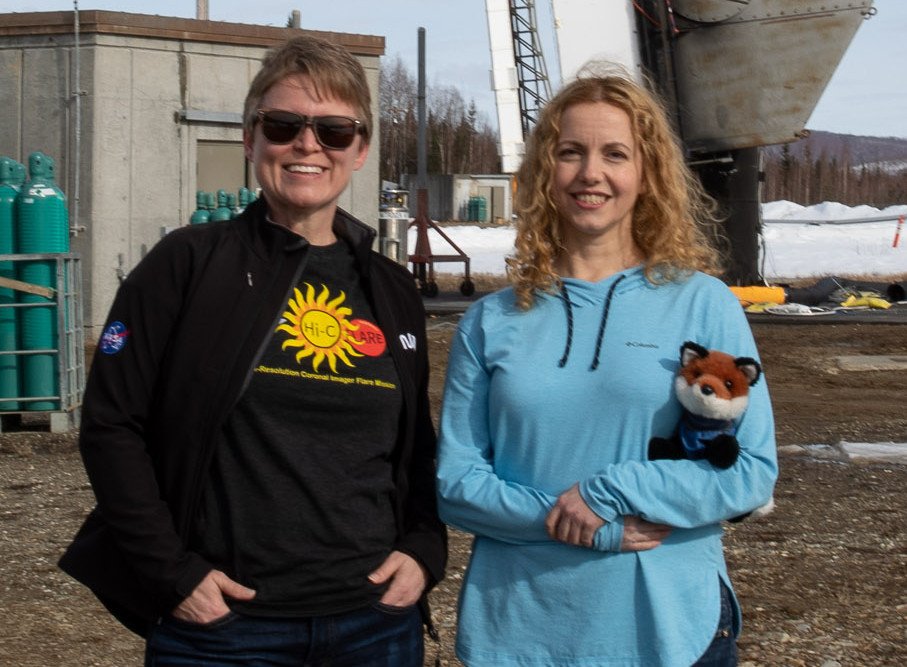
Glesener part of NASA's first solar flare observation campaign
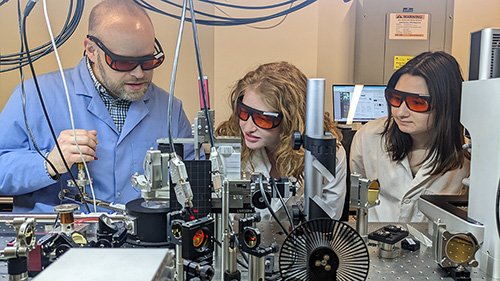
Inside Professor McLeod’s Nano-Imaging Laboratory
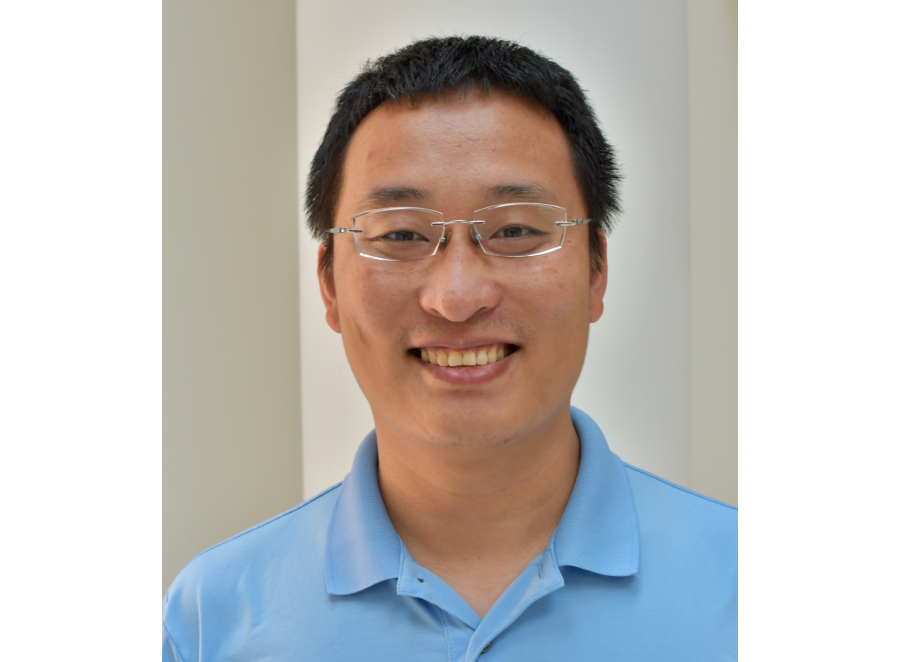
Liu receives prestigious Sloan Research Fellowship for early-career researchers
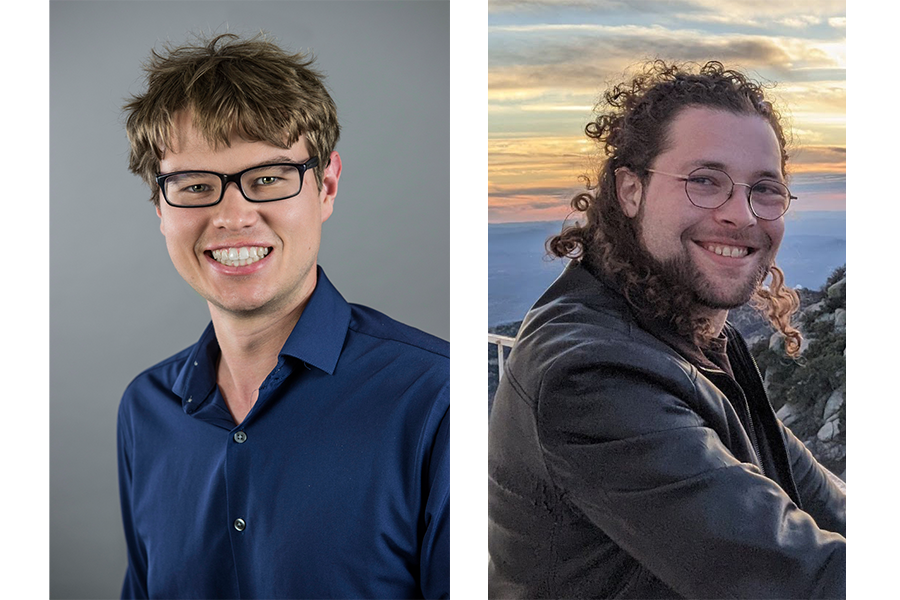
Coughlin and Criswell part of comprehensive UV light survey
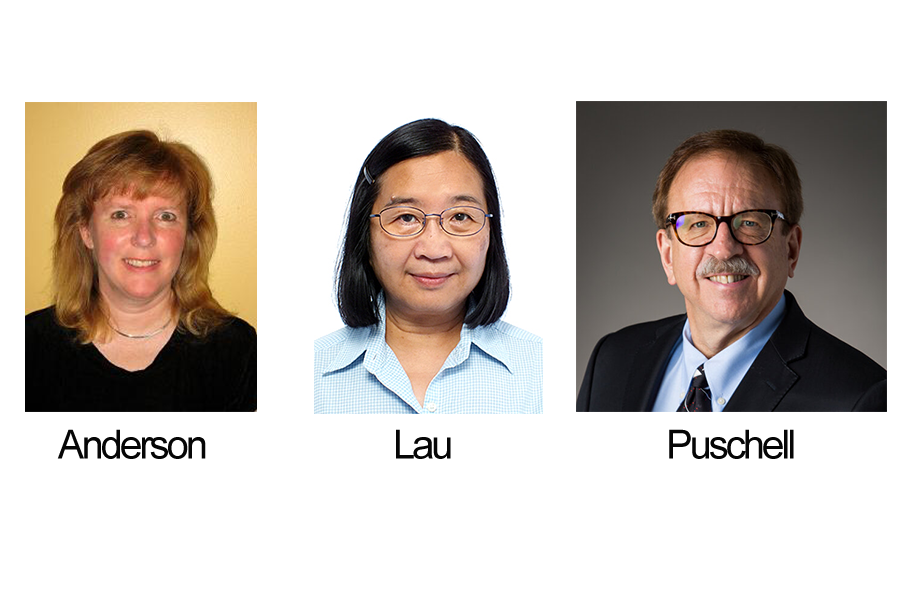
Three School Alumni elected to National Academy of Engineering
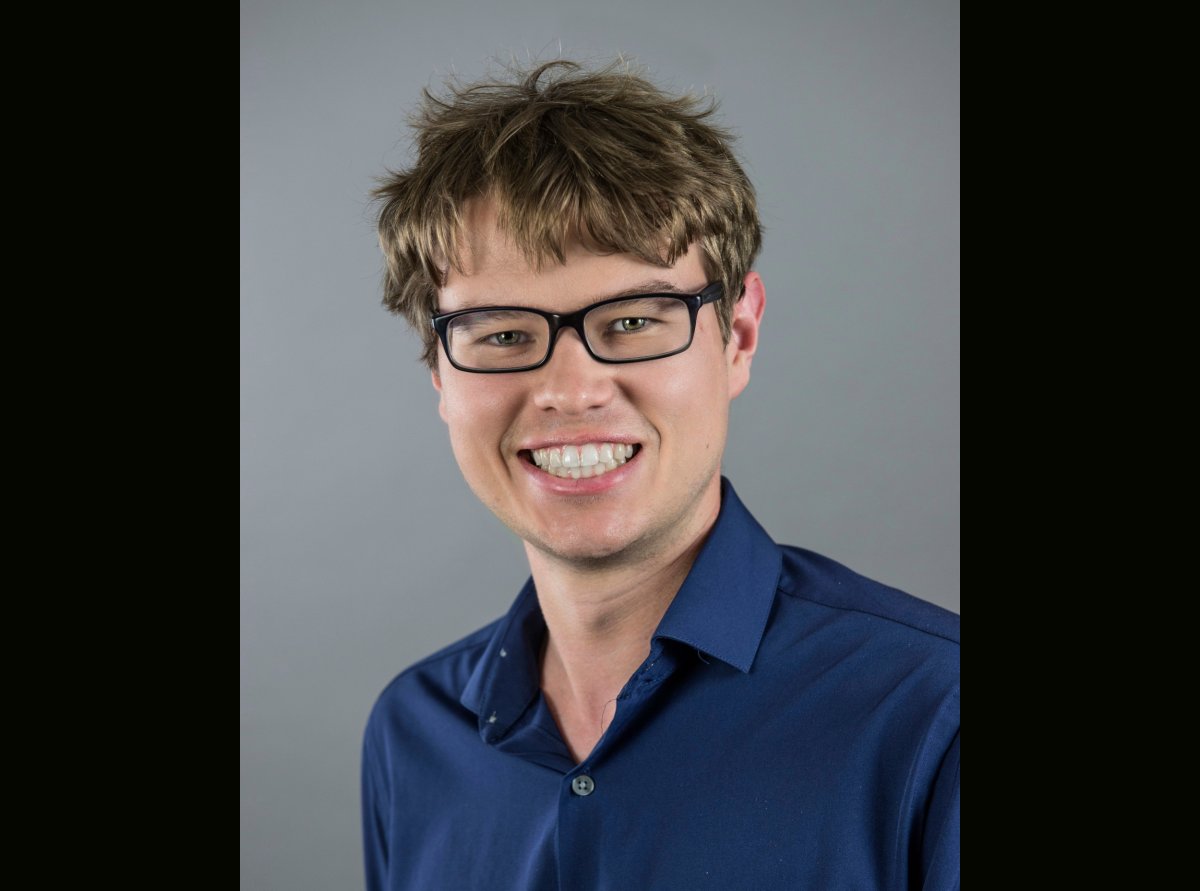
Coughlin receives McKnight Professorship

Humphreys Awarded Medal from Royal Astronomical Society

John Broadhurst, 1935 - 2023
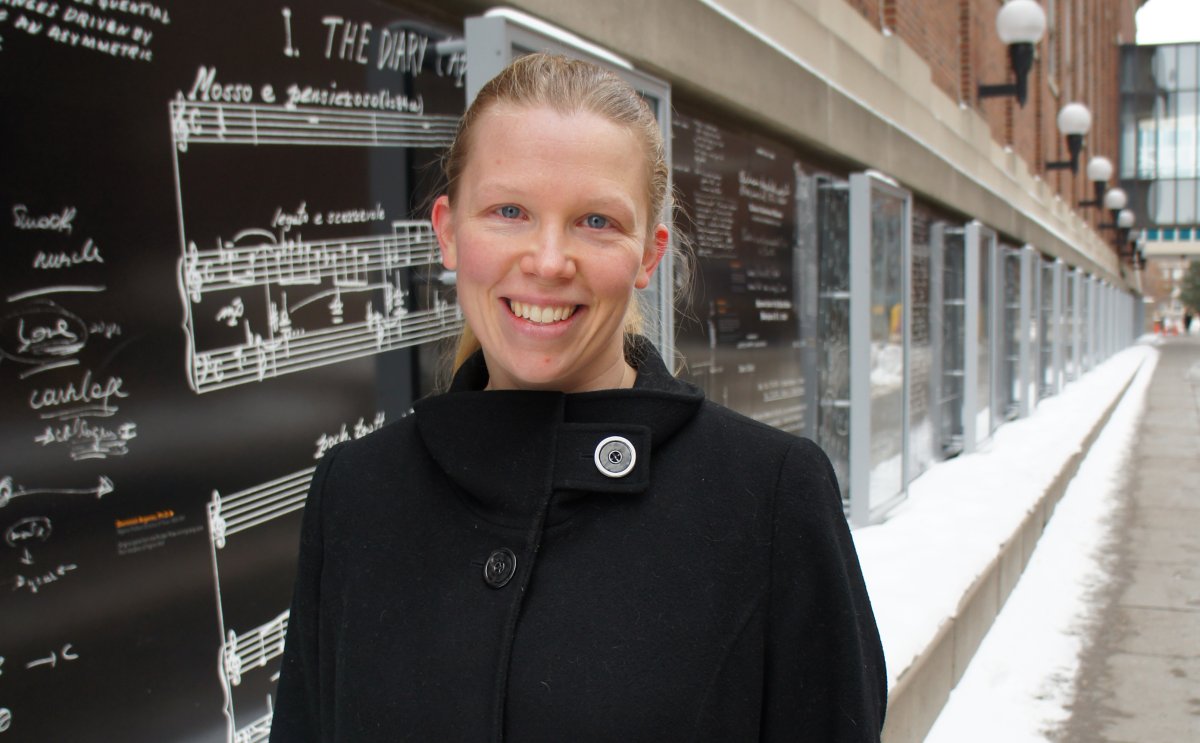
Burnell elected APS Fellow
